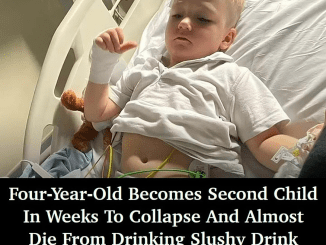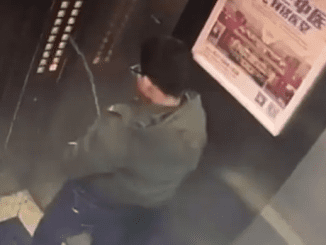Strokes, also known as “brain attacks,” occur when blood flow to the brain is disrupted. Prompt treatment is crucial during a stroke, as it can potentially save a person’s life. However, recognizing the signs of a stroke can be challenging.
Knowing the symptoms of a stroke is vital, as every minute counts when it comes to receiving timely medical care. Identifying if you or a loved one is experiencing a stroke can make all the difference in the outcome. Familiarizing yourself with the common signs of a stroke can help you act quickly and seek immediate medical attention.
In this article I will give you 7 warning signs of a stroke you shouldn’t ignore:

Learning to identify the signs of a stroke can potentially save your life 一 or the life of a loved one. The following signs can indicate that a person is having a stroke:
1. Facial Drooping (and Potential Numbness on the Face)
2. Difficulty Speaking (Slurred Speech)
3. Confusion
4. Blurry Vision (Unrelated to an Established Vision Problem)
5. Severe Headache (Often Described as “the Worst Headache of Your Life”)
6. Dizziness and Loss of Coordination
7. Nausea and Vomiting
The American Stroke Association created the FAST protocol so that you can quickly determine if the symptoms you’re witnessing warrant a 9-1-1 call.
The FAST protocol stands for:
F: facial drooping
A: arm weakness (can’t raise arms or wave)
S: speech troubles, such as slurred speech or trouble talking
T: time to call 9-1-1.
The exact treatment for a stroke depends on what type of stroke you had, but the end goal of any treatment is to restore proper blood flow to the brain. If you have an ischemic stroke, which is one of the most common types of strokes, treatment may involve an intravenous (IV) injection of tissue plasminogen activator (tPA) or alteplase. The tPA or alteplase breaks up the blood clot that blocks blood flow to your brain. Other potential emergency treatments for ischemic strokes that you might receive at the hospital include:
On the other hand, if you have a hemorrhagic stroke, you may receive medications and even surgery to lower the pressure in your brain.
Unfortunately, if you’ve already had a stroke, your risk of having another stroke increases. About 25% of stroke survivors have another stroke within five years. Even if you receive emergency treatments or surgeries, you may still benefit from additional treatment 一 such as a carotid endarterectomy or angioplasty and stents一 to prevent future strokes from occurring.
One of the best things you can do to prevent a stroke is to treat any underlying conditions 一 heart disease, high blood pressure, high cholesterol, and diabetes 一 that increase your risk of having a stroke.
Strokes are a serious medical emergency that require immediate attention. By familiarizing yourself with the signs of a stroke and acting quickly, you can potentially save a life – including your own. Don’t hesitate to call 9-1-1 if you suspect someone is experiencing a stroke. Time is of the essence, and prompt treatment can make all the difference.


